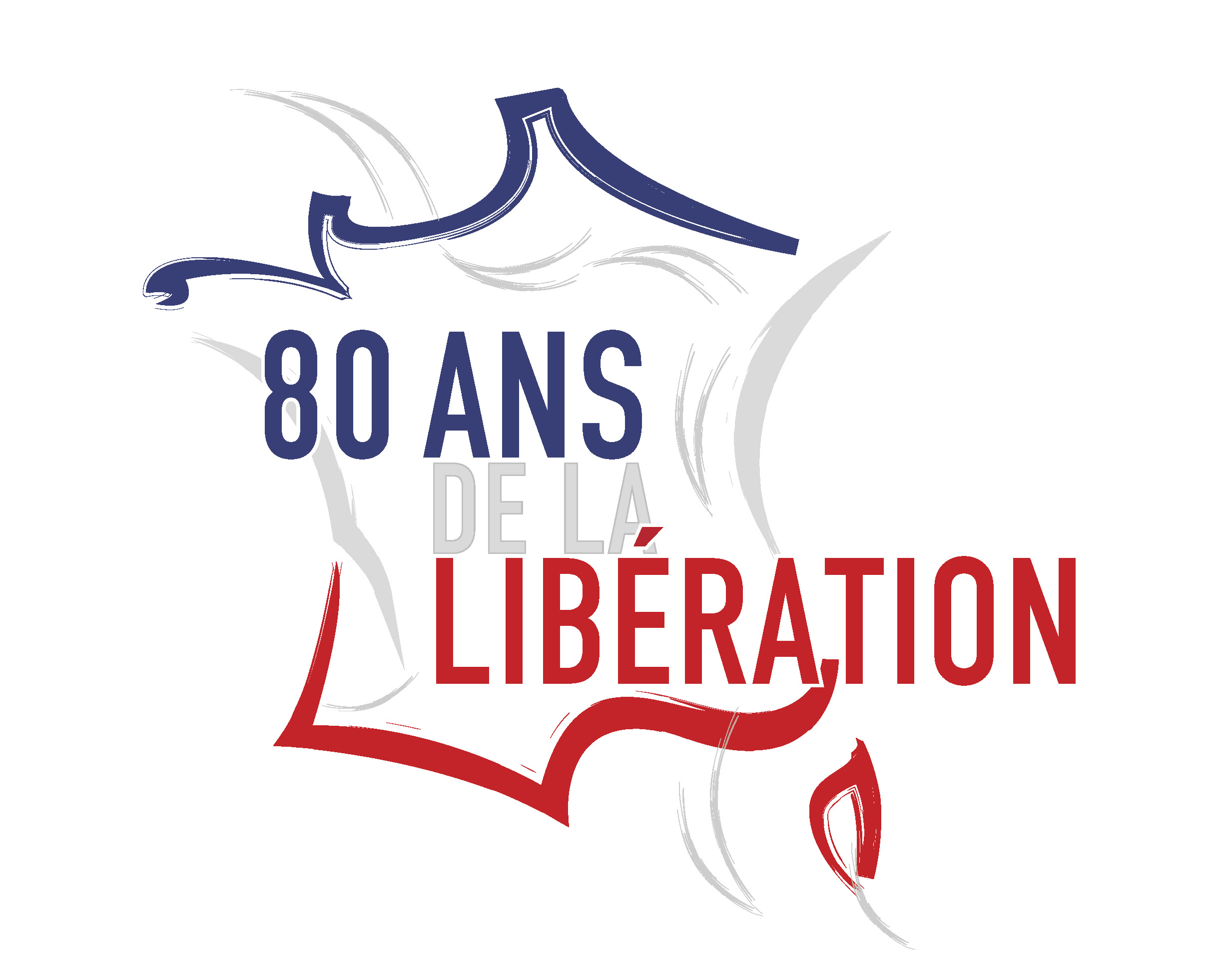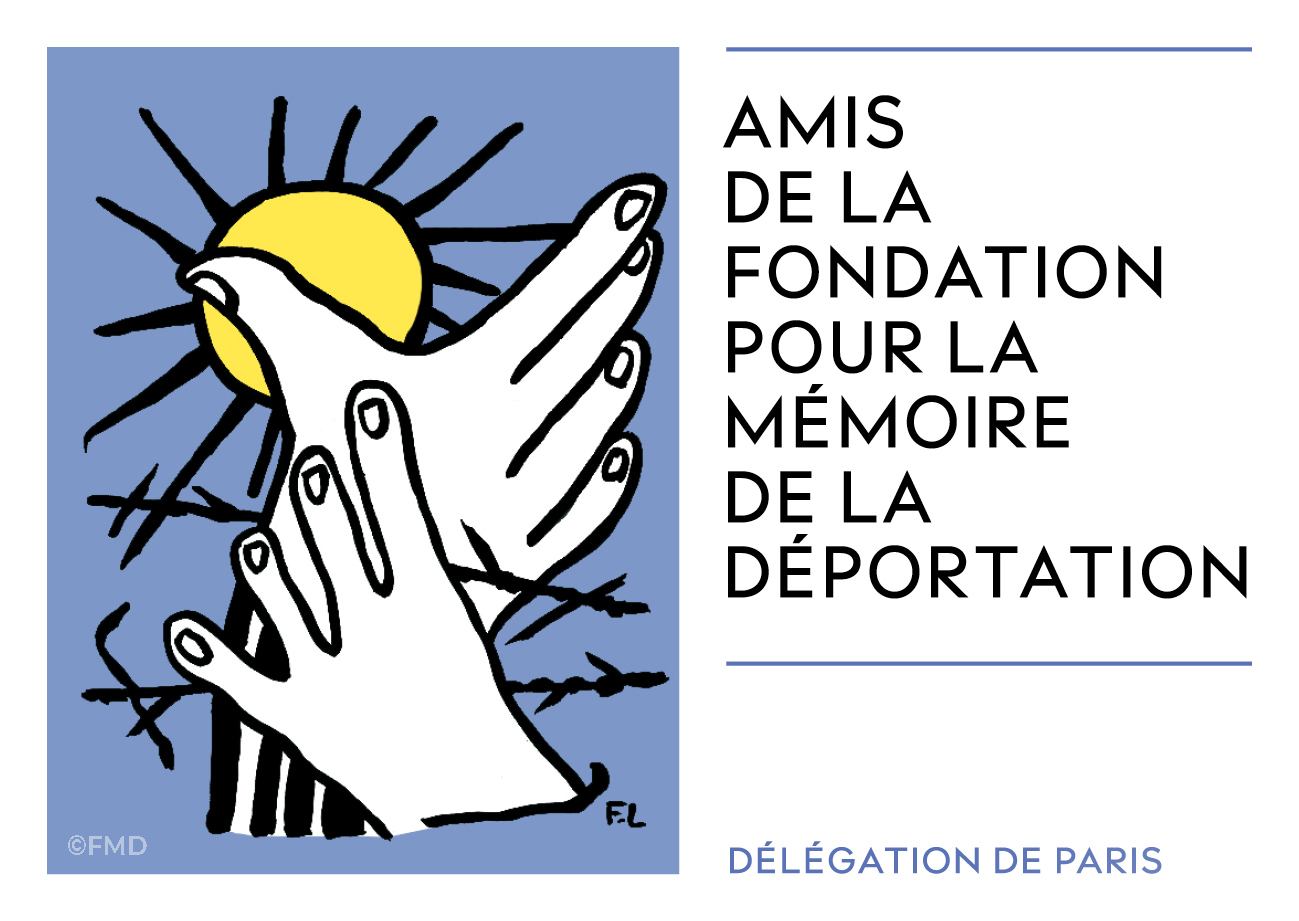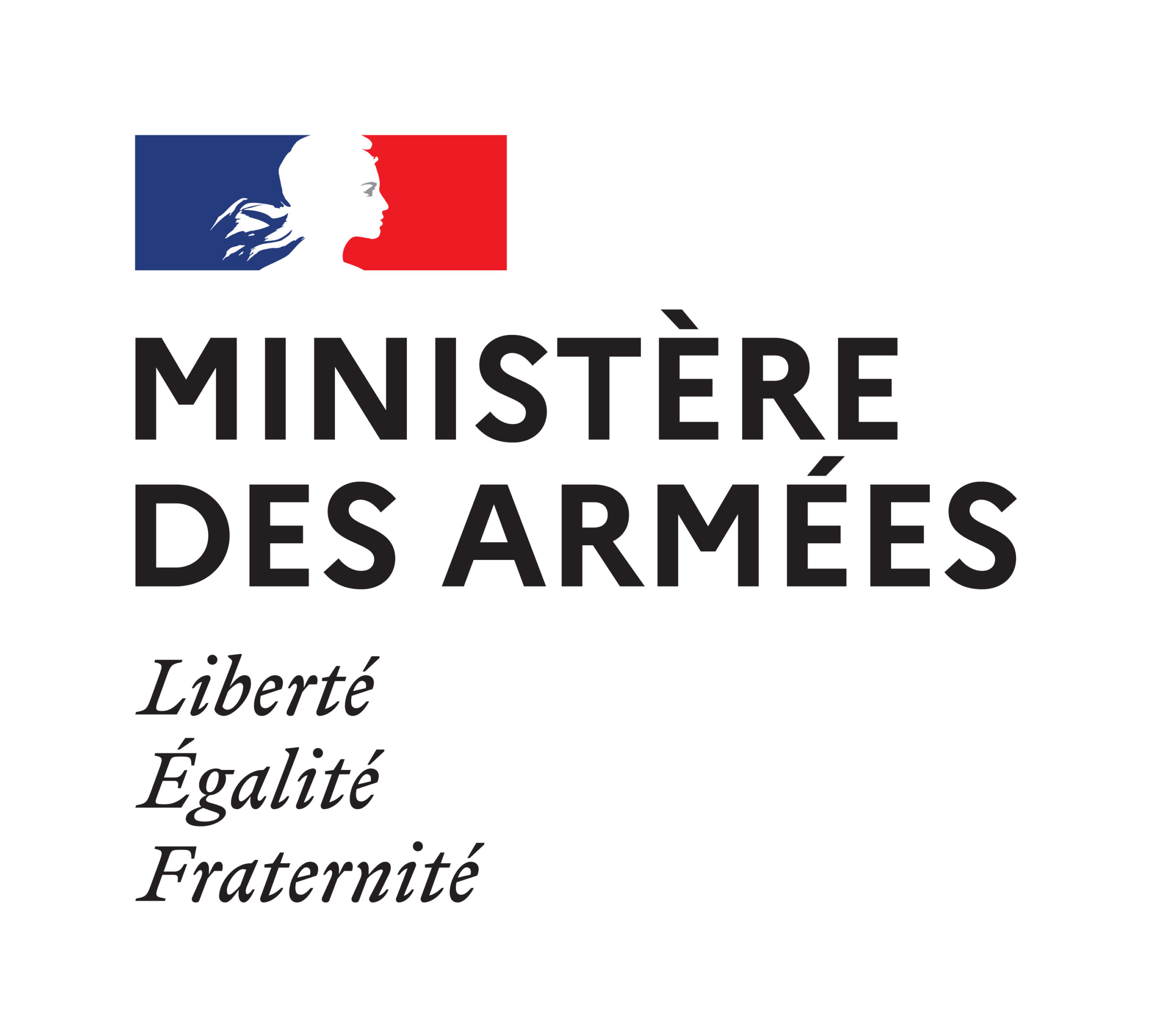NATZWEILER-STRUTHOF
Opening : 1 mai 1941
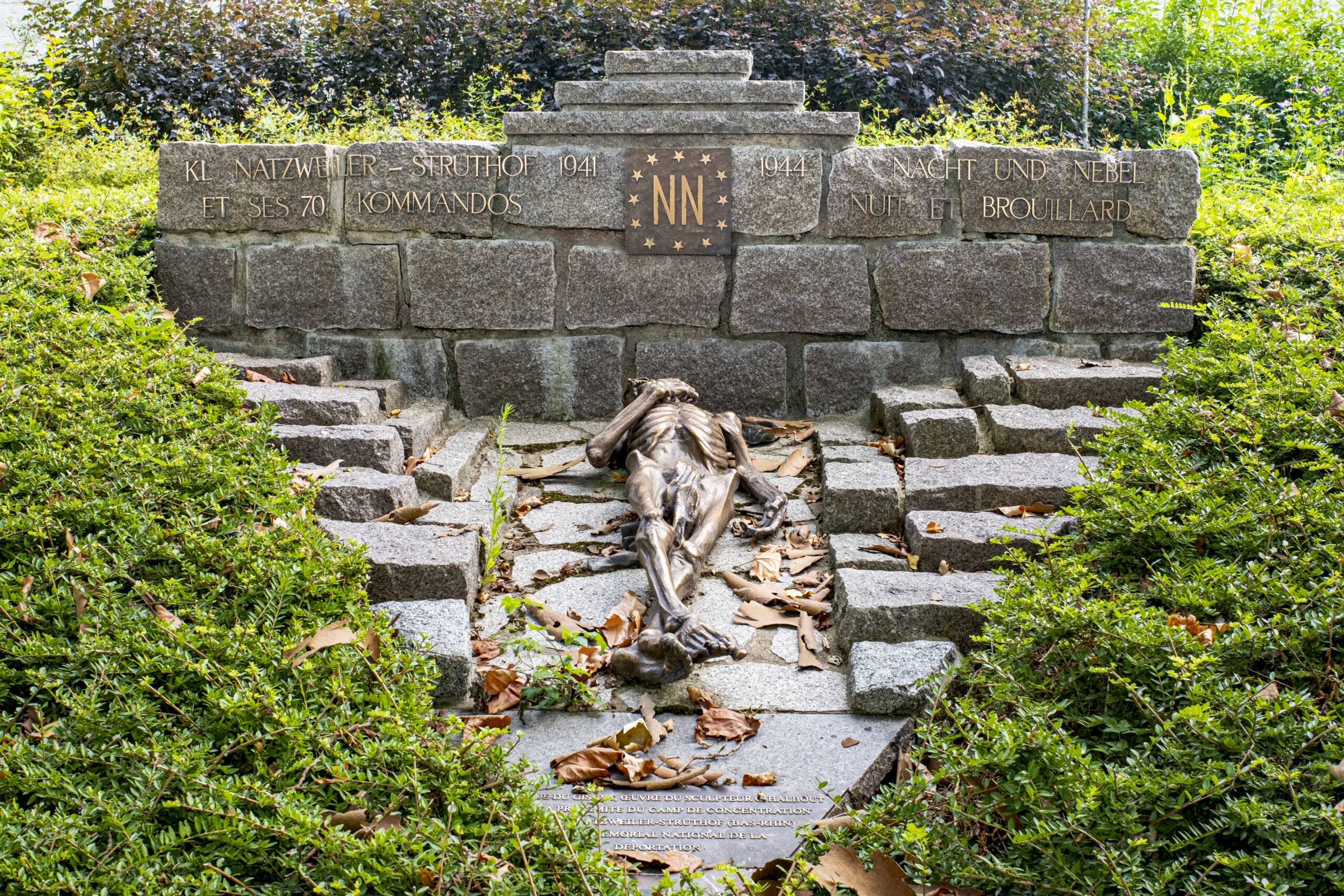
© Vincent Gerbet
Monument description
The monument was inaugurated on November 20, 2004. Its shape in pink granite from Alsace, extracted from the quarry of the Struthof camp, recalls that of the triangle worn by the deportees on their clothes. The monument is dedicated to political deportees (red triangles with the F for French) and more particularly to deportees NN («Nacht und Nebel», «Night and Fog»), many in this camp.
The gilt bronze sculpture is a replica of that of Georges Halbout («Le Gisant») visible at the entrance of the camp. It represents a skeletal deportee, emaciated at the limit of his forces; the stones of different levels on each side of the Gisant represent the many stairs with irregular steps of the camp built on a hill with many declivities.
Around the monument, a small hedge emphasizes the shape of the triangle.
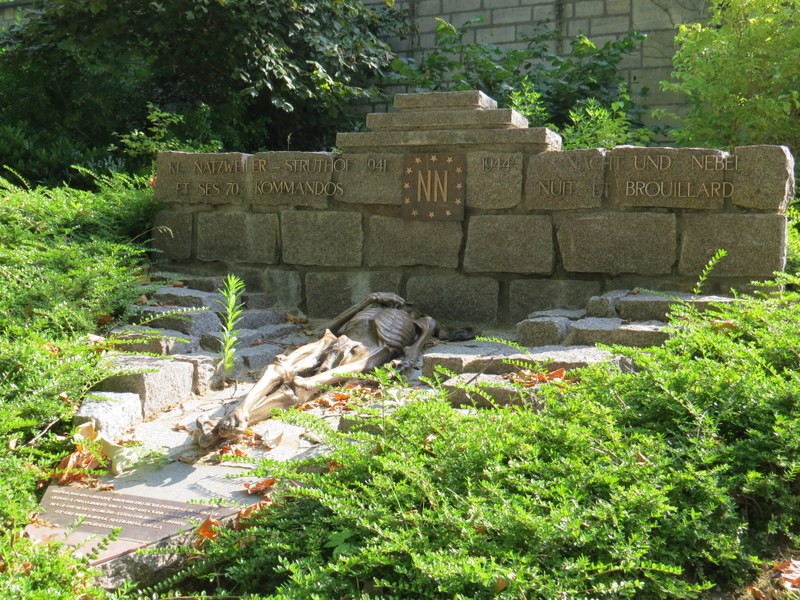
© AFMD 75
At the foot of the sculpture, on a plaque on the ground above the red triangle, is written: « Replica of the recumbent, work of the sculptor G. Halbout du Tannay, located near the Nazi concentration camp of Natzweiler-Struthof (Bas-Rhin) and the National Memorial of the Deportation. » On the wall, on either side of the symbol NN surrounded by the 12 stars of the European Union flag: «KL Natzweiler-Struthof and its 70 Kommandos 1941-1945 Nacht und Nebel/ Night and fog»
Natzweiler-Struthof camp
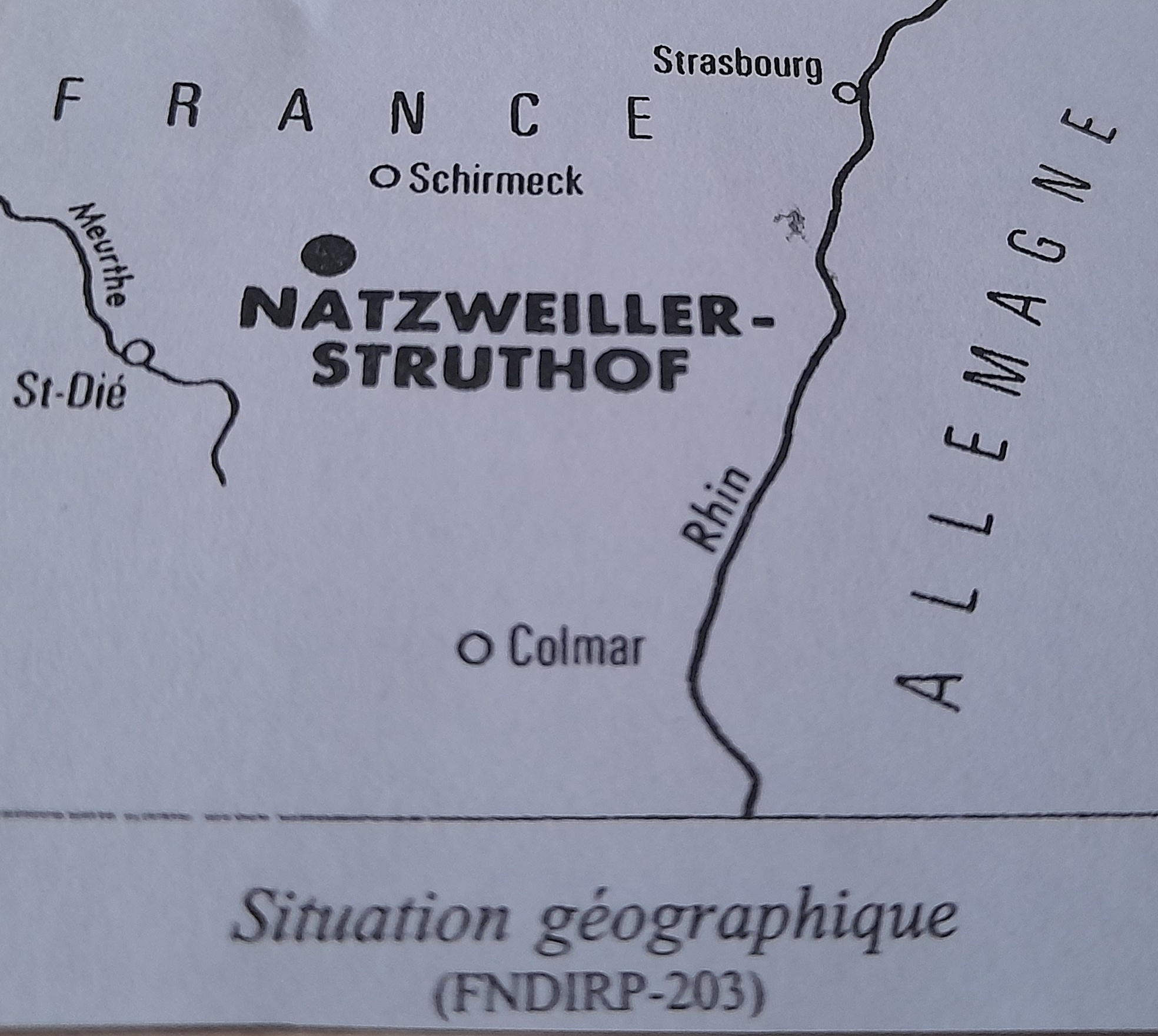
In June 1940, Alsace and Moselle were annexed in defiance of international law and in violation of the armistice agreement of 22 June 1940 signed by France and Germany.
A program of Germanization and Nazification was set up (German became the official language, French was forbidden, young Alsatians and Mosellans were incorporated into the Wehrmacht).
In September 1940, near the village of Natzviller, germanized in Natzweiler, 50 km from Strasbourg, 800 m above sea level in the heart of the Vosges forest, the Nazis discovered a vein of pink granite. Albert Speer, architect of the Reich, notices the rare quality of this granite.
In March 1941, Himmler, head of the SS, ordered the construction of a concentration camp for the exploitation of the quarry for the benefit of the DESt for the major works of the Reich.
On May 1, 1941, the Natzweiler camp was officially opened at «Le Struthof», where a hotel, a farm and a villa were promptly requisitioned.
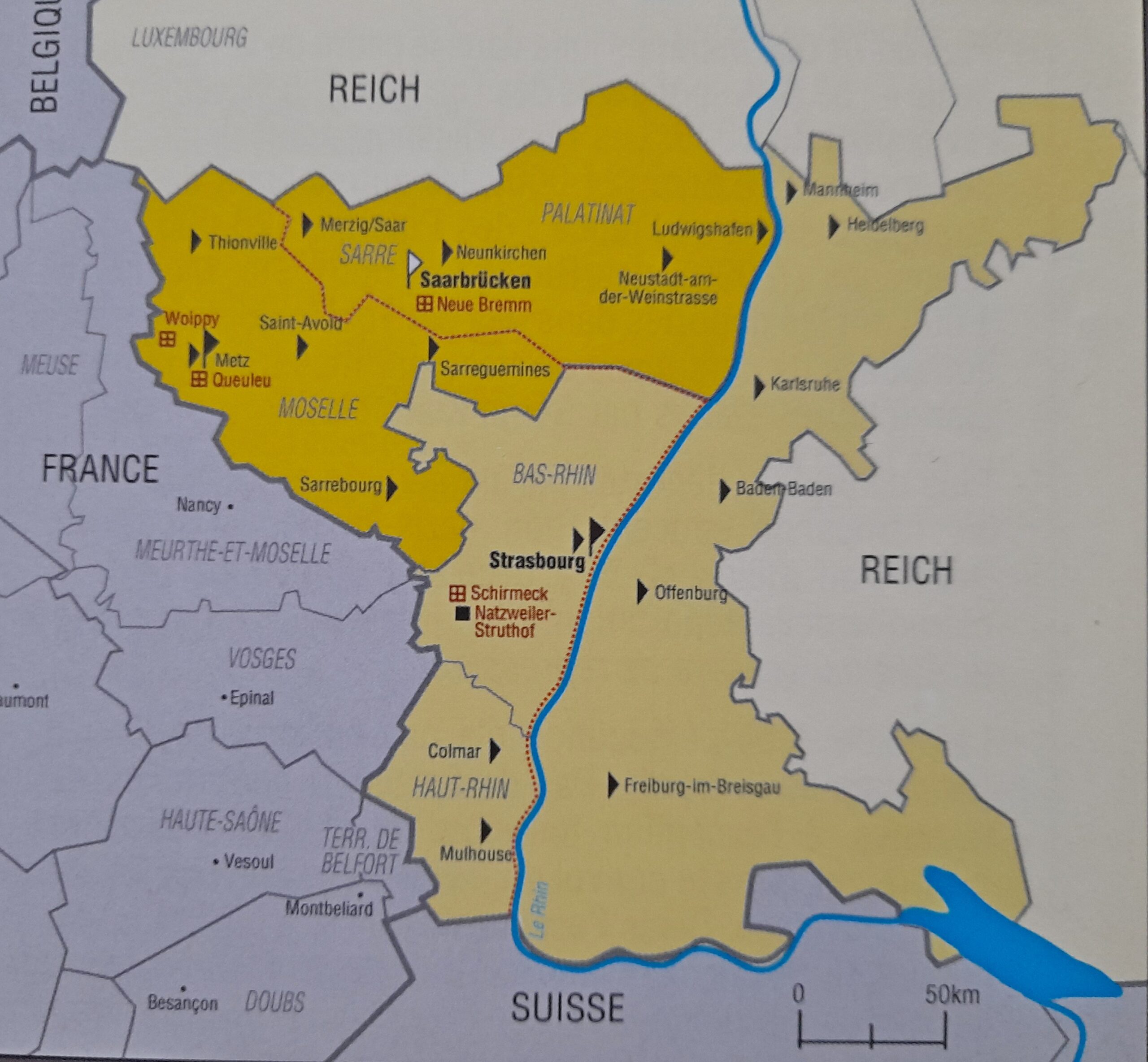
Situation du camp
On 21 and 23 May 1941, the first 300 deportees from the Sachsenhausen camp arrived at the site to build the camp and roads between the camp and the Rothau station.
Quarry operations began in March 1942. It employed up to 1,400 inmates.
In February 1943, the camp had a crematorium near the hotel. In October, it was moved inside the camp. This last development as well as the construction of a gas chamber mark the end of the construction of the camp.

Entrée du camp
© AFMD 75
The prisoners
The first deportees are German «common rights», asocials, then political deportees, gypsies.
From 1942, Soviet prisoners of war, Poles, Czechs, Alsatians and Mosellans arrived.
In 1943, the first NN Resistance deportees arrived from Luxembourg, Belgium, the Netherlands, Norway and France.
In 1944, Hungarian and Polish Jews entered the camp.
1500 priests, mostly Polish or German, were registered in the camp.
A total of 52,000 people from all over Europe were detained in Natzweiler-Struthof and the 70 kommandos on both sides of the Rhine. Of these, nearly 20,000 died in this Category II camp and in the Kommandos.
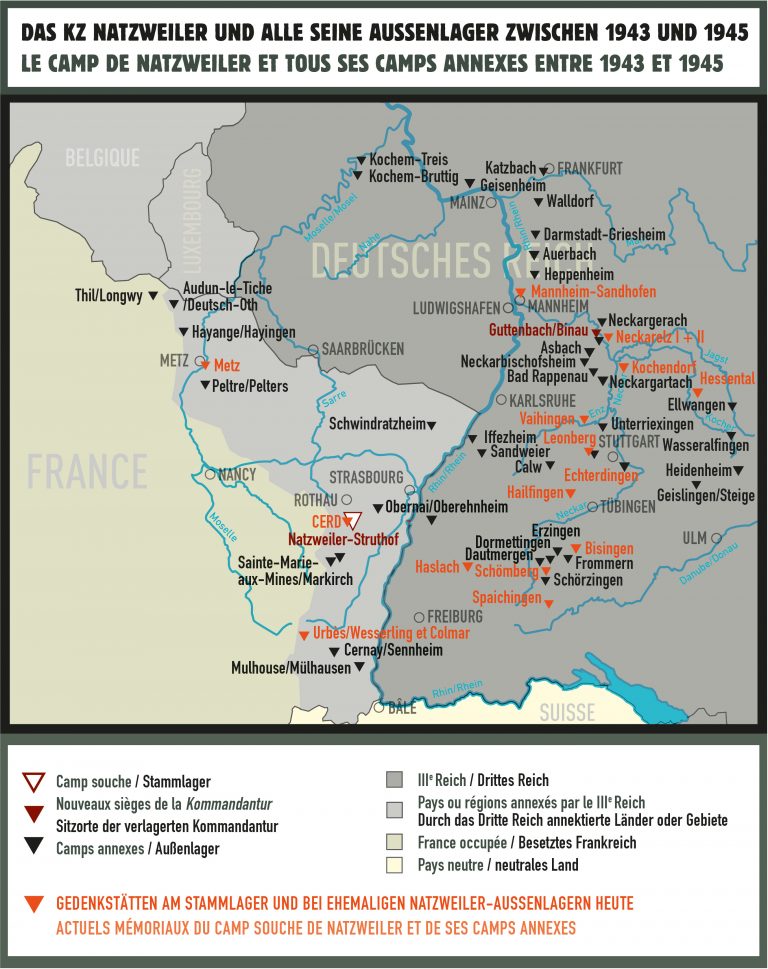
© CERD-Struthof
The work and the Kommandos
Working kommandos are assigned to the construction of buildings, roads, tunnels to install machinery.
– The Kommandos of Kochendorf and Neckargartach cleared the town of Heilbronn and buried over 6,000 victims.
– Vaihingen: 2,189 Polish Jews arrive on 9 August 1944 to build a factory buried for Messerschmitt. The construction site is abandoned. In November, this camp becomes the hospital camp of the kommandos of Natzweiler. It is a death house.
– The Urbès Kommando, buried in a tunnel, is used as labour for a Daimler-Benz aircraft engine plant.
– The kommando Markirch, a tunnel in Sainte-Marie-aux-Mines, receives 1,400 Yugoslav deportees, mostly forced to participate in the construction of a factory for war machines, an annex to BMW.
– Schirmeck camp, located in the Bas-Rhin
The Vorbrück Schirmeck camp is a re-education camp for Alsatian and Moselle refractories who refuse the conditions imposed by the Germanization and Nazification of the three annexed departments. With the intensification of total war, this camp became a safety camp.
The women work inside the camp. The men are assigned to outside kommandos: Wackenbach factory, Hersbach quarry or Enzheim airfield, SS female transmission school in Obernai, SS horse service in Peltre, male transmission school and airfield in Metz, Non-German SS training camp in Cernay.
Experiments on prisoners
In 1940, the French Medical University of Strasbourg withdrew 60% to Clermont-Ferrand. It is replaced by the very Hitlerian Reichsuniversität Strassburg where scientists work who use human guinea pigs to conduct experiments (such as the search for antidotes to fighting gases – yperite and phosgene, experiments on sulfonamides – or the inoculation of typhus on Gypsies).
In 1943, two SS anthropologists were sent to Auschwitz to select 86 future victims (29 women and 57 men) as «representative specimens of the Jewish race» (the race must disappear, it was necessary to keep a scientific trace intended to be preserved in a museum).
In 1944, the French liberators discovered in tanks carved bodies preserved in formalin. These human remains are buried. It was not until 2004 that their names were inscribed on a stele of the Jewish cemetery in Strasbourg and 2015 that the last vestiges of the time were buried.
The Nazi professor Hirt, responsible for these «works», committed suicide but others, tried in 1945, sentenced to hard labor for life, remanded in 1954, released in 1955 continued their careers.
In September 1944, the Revier opened in autumn 1942, occupies 6 blocks (2 for surgery, 2 for medicine, 1 for tuberculosis, 1 for typhus). It houses more than 1,200 inmates, or ¼ of the camp’s population.
Executions
The Gestapo had more than 250 people executed at the «Sablière» or at the crematorium.
On the night of 1 to 2 September 1944, 106 (or 107) members of the Alliance network, «Noah’s Ark» (intelligence network of the Inner Resistance attached to the Intelligence Service), arrested by the Abwehr, were massacred. Their network leader Madeleine Fourcade (pseudonym «Hedgehog») escaped arrest. At the same time 35 (or 34) guerrillas from the Alsace-Vosges group were executed.
French soldiers, members of the Secret Army (AS) or members of the Army Resistance Organization (ORA) were deported to Struthof.
General Delestraint, head of the Secret Army, deported NN to Struthof, was transferred in September 1944 to Dachau where he was shot in the neck.
General Frère, the same one who in August 1940 presided over the court of Clermont-Ferrand, who sentenced de Gaulle to death in absentia but who in December 1942 took the direction of the ORA, died in Struthof.
In July 1944, four women, members of the British SOE, were murdered by injection of phenol.
Evacuation-Liberation
From September 1944, due to the advance of the Allies, the main camp and its adjoining camps on the left bank of the Rhine were evacuated, mainly on Dachau in Bavaria.
On September 1, 1944, a hundred deportees left the camp on foot and took the train to Schirmeck. The convoy is heading for Kommando Schomberg.
11,000 deportees are transferred to the other side of the Rhine.
Although emptied of all its deportees, the Natzweiler camp continues to exist thanks to its auxiliary camps located on the right bank of the Rhine.
On November 25, 1944, the main camp was discovered by the Americans.
Emptied of its occupants, it is the first camp discovered in Western Europe. Its final end came with the evacuation of the auxiliary camps in Germany in March/April 1945.
In January 1945, the camp became a penitentiary: Germans and collaborators were incarcerated there until 1948.
Natzweiler today
The site is classified as a historical monument
The National Deportation Memorial erected in 1960 was inaugurated by General de Gaulle. This flame-shaped monument, 40 m high, contains the body of an unknown deportee and urns containing earth and ashes from various concentration camps. A museum was installed, partially ravaged by arson in 1976.
The European Centre for Deported Resisters was created. Conceived as a place of memory, culture, information, reflection and encounter, it is adapted to all audiences, especially schools. It’s on the site of the former concentration camp and has 2,000 m2 of exhibition space. It’s actually the camp museum. This centre was inaugurated by President Chirac on 3 November 2005.
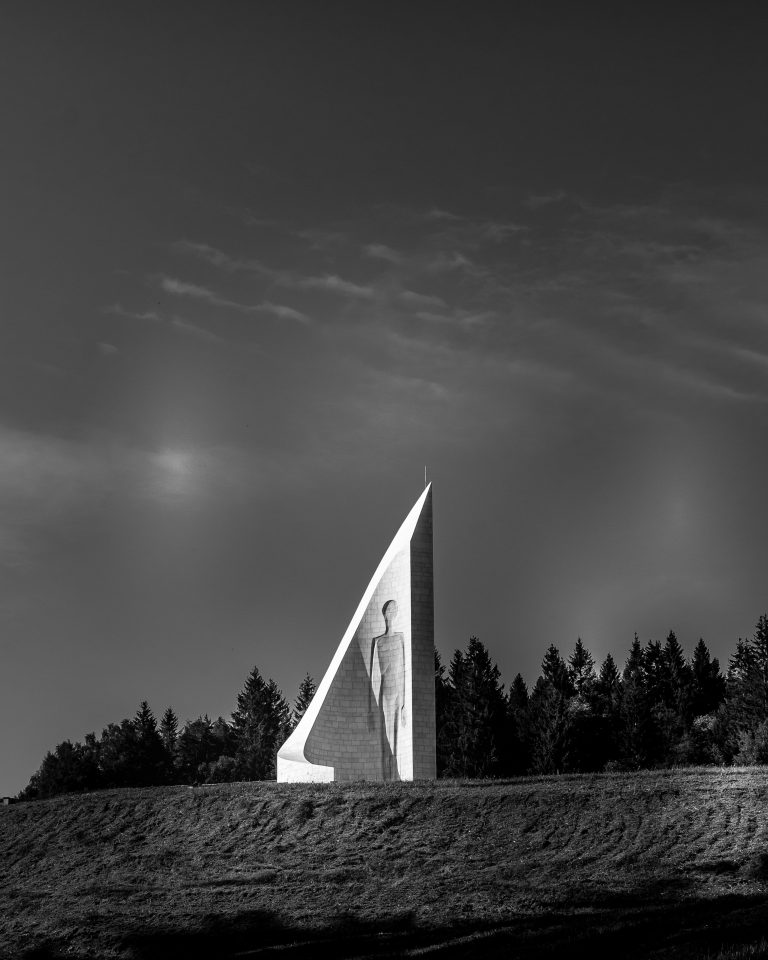
© AD-Mutzig
Sources
– National Association of Deportees and Families of the Disappeared of Natzweiler-Struthof and its Kommandos
Natzweiler-Struthof and its kommandos: «Natzweiler-Struthof, History and its witnesses», Éditions Tirésias Michel Reynaud
– Friends and Enthusiasts of Père Lachaise (APPL)
– Association Mine de Rien: La voix du rêve, film-DVD, Amiens, 2020
– AFMD Bulletin « Memory and Vigilance »: no. 35 – 77 – 91 – 96 – 98
– Bulletin of the Foundation for the Memory of the Deportation (FMD) «Living Memory»: n°44 and n°59 of Dec. 2008: The Deportation NN called « Night and Fog »
– Camp annexe du Fort de Queuleu (Metz)
– European Centre for Deported Resisters
– D’ANDLEU Guillaume, Le KL Natzweiler-Struthof. A concentration camp in Alsace annexed , I.D. l’Édition, 2023
– KERSHAW Ian, The End. Germany 1944-1945, Paris, Le Seuil, 2012.
– Journal «Le Monde», article: «Struthof: The University of Strasbourg confronted with its past», 5 May 2022
– PAHOR Boris, LUCK-GAYE Andrée, Pilgrim Among the Shadows, ed. La Table ronde, 1996.
– FMD’s En Jeu: Histoire et Mémoires vivants: New research on deportations and camps (December 2017 n°10)
– STEEGMANN Robert, Struthof. KL-Natzweiler and its kommandos: a concentration camp nebula on both sides of the Rhine, 1941-1945, ed. The Blue Cloud, 2005.
– Urbès Tunnel (Haut-Rhin)
– Verbunds der Gedenkstätten im ehemaligen KZ-Komplex Natzweiler e.V. (VGKN) In Germany, the VGKN is the association of sites with memorials and memorials erected on the various ancillary sites of the former Natzweiler concentration camp complex.
Natzweiler-Struthof
Opening : 1 mai 1941

© Vincent Gerbet
Monument description
The monument was inaugurated on November 20, 2004. Its shape in pink granite from Alsace, extracted from the quarry of the Struthof camp, recalls that of the triangle worn by the deportees on their clothes. The monument is dedicated to political deportees (red triangles with the F for French) and more particularly to deportees NN («Nacht und Nebel», «Night and Fog»), many in this camp.
The gilt bronze sculpture is a replica of that of Georges Halbout («Le Gisant») visible at the entrance of the camp. It represents a skeletal deportee, emaciated at the limit of his forces; the stones of different levels on each side of the Gisant represent the many stairs with irregular steps of the camp built on a hill with many declivities.
Around the monument, a small hedge emphasizes the shape of the triangle.

© AFMD 75
At the foot of the sculpture, on a plaque on the ground above the red triangle, is written: « Replica of the recumbent, work of the sculptor G. Halbout du Tannay, located near the Nazi concentration camp of Natzweiler-Struthof (Bas-Rhin) and the National Memorial of the Deportation. » On the wall, on either side of the symbol NN surrounded by the 12 stars of the European Union flag: «KL Natzweiler-Struthof and its 70 Kommandos 1941-1945 Nacht und Nebel/ Night and fog»
Natzweiler-Struthof camp

In June 1940, Alsace and Moselle were annexed in defiance of international law and in violation of the armistice agreement of 22 June 1940 signed by France and Germany.
A program of Germanization and Nazification was set up (German became the official language, French was forbidden, young Alsatians and Mosellans were incorporated into the Wehrmacht).
In September 1940, near the village of Natzviller, germanized in Natzweiler, 50 km from Strasbourg, 800 m above sea level in the heart of the Vosges forest, the Nazis discovered a vein of pink granite. Albert Speer, architect of the Reich, notices the rare quality of this granite.
In March 1941, Himmler, head of the SS, ordered the construction of a concentration camp for the exploitation of the quarry for the benefit of the DESt for the major works of the Reich.
On May 1, 1941, the Natzweiler camp was officially opened at «Le Struthof», where a hotel, a farm and a villa were promptly requisitioned.

Situation du camp
On 21 and 23 May 1941, the first 300 deportees from the Sachsenhausen camp arrived at the site to build the camp and roads between the camp and the Rothau station.
Quarry operations began in March 1942. It employed up to 1,400 inmates.
In February 1943, the camp had a crematorium near the hotel. In October, it was moved inside the camp. This last development as well as the construction of a gas chamber mark the end of the construction of the camp.

Entrée du camp
© AFMD 75
Prisoners
The first deportees are German «common rights», asocials, then political deportees, gypsies.
From 1942, Soviet prisoners of war, Poles, Czechs, Alsatians and Mosellans arrived.
In 1943, the first NN Resistance deportees arrived from Luxembourg, Belgium, the Netherlands, Norway and France.
In 1944, Hungarian and Polish Jews entered the camp.
1500 priests, mostly Polish or German, were registered in the camp.
A total of 52,000 people from all over Europe were detained in Natzweiler-Struthof and the 70 kommandos on both sides of the Rhine. Of these, nearly 20,000 died in this Category II camp and in the Kommandos.

© CERD-Struthof
The work and the Kommandos
Working kommandos are assigned to the construction of buildings, roads, tunnels to install machinery.
– The Kommandos of Kochendorf and Neckargartach cleared the town of Heilbronn and buried over 6,000 victims.
– Vaihingen: 2,189 Polish Jews arrive on 9 August 1944 to build a factory buried for Messerschmitt. The construction site is abandoned. In November, this camp becomes the hospital camp of the kommandos of Natzweiler. It is a death house.
– The Urbès Kommando, buried in a tunnel, is used as labour for a Daimler-Benz aircraft engine plant.
– The kommando Markirch, a tunnel in Sainte-Marie-aux-Mines, receives 1,400 Yugoslav deportees, mostly forced to participate in the construction of a factory for war machines, an annex to BMW.
– Schirmeck camp, located in the Bas-Rhin
The Vorbrück Schirmeck camp is a re-education camp for Alsatian and Moselle refractories who refuse the conditions imposed by the Germanization and Nazification of the three annexed departments. With the intensification of total war, this camp became a safety camp.
The women work inside the camp. The men are assigned to outside kommandos: Wackenbach factory, Hersbach quarry or Enzheim airfield, SS female transmission school in Obernai, SS horse service in Peltre, male transmission school and airfield in Metz, Non-German SS training camp in Cernay.
Experiments on prisoners
In 1940, the French Medical University of Strasbourg withdrew 60% to Clermont-Ferrand. It is replaced by the very Hitlerian Reichsuniversität Strassburg where scientists work who use human guinea pigs to conduct experiments (such as the search for antidotes to fighting gases – yperite and phosgene, experiments on sulfonamides – or the inoculation of typhus on Gypsies).
In 1943, two SS anthropologists were sent to Auschwitz to select 86 future victims (29 women and 57 men) as «representative specimens of the Jewish race» (the race must disappear, it was necessary to keep a scientific trace intended to be preserved in a museum).
In 1944, the French liberators discovered in tanks carved bodies preserved in formalin. These human remains are buried. It was not until 2004 that their names were inscribed on a stele of the Jewish cemetery in Strasbourg and 2015 that the last vestiges of the time were buried.
The Nazi professor Hirt, responsible for these «works», committed suicide but others, tried in 1945, sentenced to hard labor for life, remanded in 1954, released in 1955 continued their careers.
In September 1944, the Revier opened in autumn 1942, occupies 6 blocks (2 for surgery, 2 for medicine, 1 for tuberculosis, 1 for typhus). It houses more than 1,200 inmates, or ¼ of the camp’s population.
Executions
The Gestapo had more than 250 people executed at the «Sablière» or at the crematorium.
On the night of 1 to 2 September 1944, 106 (or 107) members of the Alliance network, «Noah’s Ark» (intelligence network of the Inner Resistance attached to the Intelligence Service), arrested by the Abwehr, were massacred. Their network leader Madeleine Fourcade (pseudonym «Hedgehog») escaped arrest. At the same time 35 (or 34) guerrillas from the Alsace-Vosges group were executed.
French soldiers, members of the Secret Army (AS) or members of the Army Resistance Organization (ORA) were deported to Struthof.
General Delestraint, head of the Secret Army, deported NN to Struthof, was transferred in September 1944 to Dachau where he was shot in the neck.
General Frère, the same one who in August 1940 presided over the court of Clermont-Ferrand, who sentenced de Gaulle to death in absentia but who in December 1942 took the direction of the ORA, died in Struthof.
In July 1944, four women, members of the British SOE, were murdered by injection of phenol.
Evacuation-Liberation
From September 1944, due to the advance of the Allies, the main camp and its adjoining camps on the left bank of the Rhine were evacuated, mainly on Dachau in Bavaria.
On September 1, 1944, a hundred deportees left the camp on foot and took the train to Schirmeck. The convoy is heading for Kommando Schomberg.
11,000 deportees are transferred to the other side of the Rhine.
Although emptied of all its deportees, the Natzweiler camp continues to exist thanks to its auxiliary camps located on the right bank of the Rhine.
On November 25, 1944, the main camp was discovered by the Americans.
Emptied of its occupants, it is the first camp discovered in Western Europe. Its final end came with the evacuation of the auxiliary camps in Germany in March/April 1945.
In January 1945, the camp became a penitentiary: Germans and collaborators were incarcerated there until 1948.
Natzweiler today
The site is classified as a historical monument
The National Deportation Memorial erected in 1960 was inaugurated by General de Gaulle. This flame-shaped monument, 40 m high, contains the body of an unknown deportee and urns containing earth and ashes from various concentration camps. A museum was installed, partially ravaged by arson in 1976.
The European Centre for Deported Resisters was created. Conceived as a place of memory, culture, information, reflection and encounter, it is adapted to all audiences, especially schools. It’s on the site of the former concentration camp and has 2,000 m2 of exhibition space. It’s actually the camp museum. This centre was inaugurated by President Chirac on 3 November 2005.

© AD-Mutzig
Sources
– National Association of Deportees and Families of the Disappeared of Natzweiler-Struthof and its Kommandos
Natzweiler-Struthof and its kommandos: «Natzweiler-Struthof, History and its witnesses», Éditions Tirésias Michel Reynaud
– Friends and Enthusiasts of Père Lachaise (APPL)
– Association Mine de Rien: La voix du rêve, film-DVD, Amiens, 2020
– AFMD Bulletin « Memory and Vigilance »: no. 35 – 77 – 91 – 96 – 98
– Bulletin of the Foundation for the Memory of the Deportation (FMD) «Living Memory»: n°44 and n°59 of Dec. 2008: The Deportation NN called « Night and Fog »
– Camp annexe du Fort de Queuleu (Metz)
– European Centre for Deported Resisters
– D’ANDLEU Guillaume, Le KL Natzweiler-Struthof. A concentration camp in Alsace annexed , I.D. l’Édition, 2023
– KERSHAW Ian, The End. Germany 1944-1945, Paris, Le Seuil, 2012.
– Journal «Le Monde», article: «Struthof: The University of Strasbourg confronted with its past», 5 May 2022
– PAHOR Boris, LUCK-GAYE Andrée, Pilgrim Among the Shadows, ed. La Table ronde, 1996.
– FMD’s En Jeu: Histoire et Mémoires vivants: New research on deportations and camps (December 2017 n°10)
– STEEGMANN Robert, Struthof. KL-Natzweiler and its kommandos: a concentration camp nebula on both sides of the Rhine, 1941-1945, ed. The Blue Cloud, 2005.
– Urbès Tunnel (Haut-Rhin)
– Verbunds der Gedenkstätten im ehemaligen KZ-Komplex Natzweiler e.V. (VGKN) In Germany, the VGKN is the association of sites with memorials and memorials erected on the various ancillary sites of the former Natzweiler concentration camp complex.
Délégation de Paris des Amis de la Fondation
pour la Mémoire de la Déportation
31 Boulevard Saint-Germain 75005 Paris
Contact : afmd.dt75@gmail.com
©AFMD75

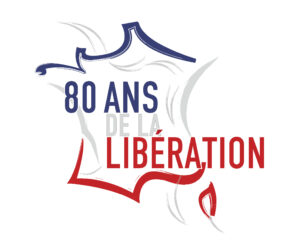
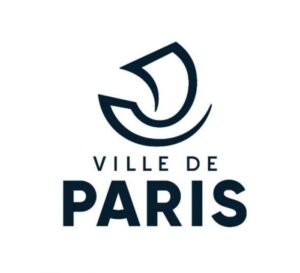
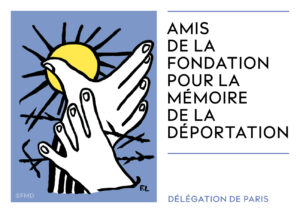
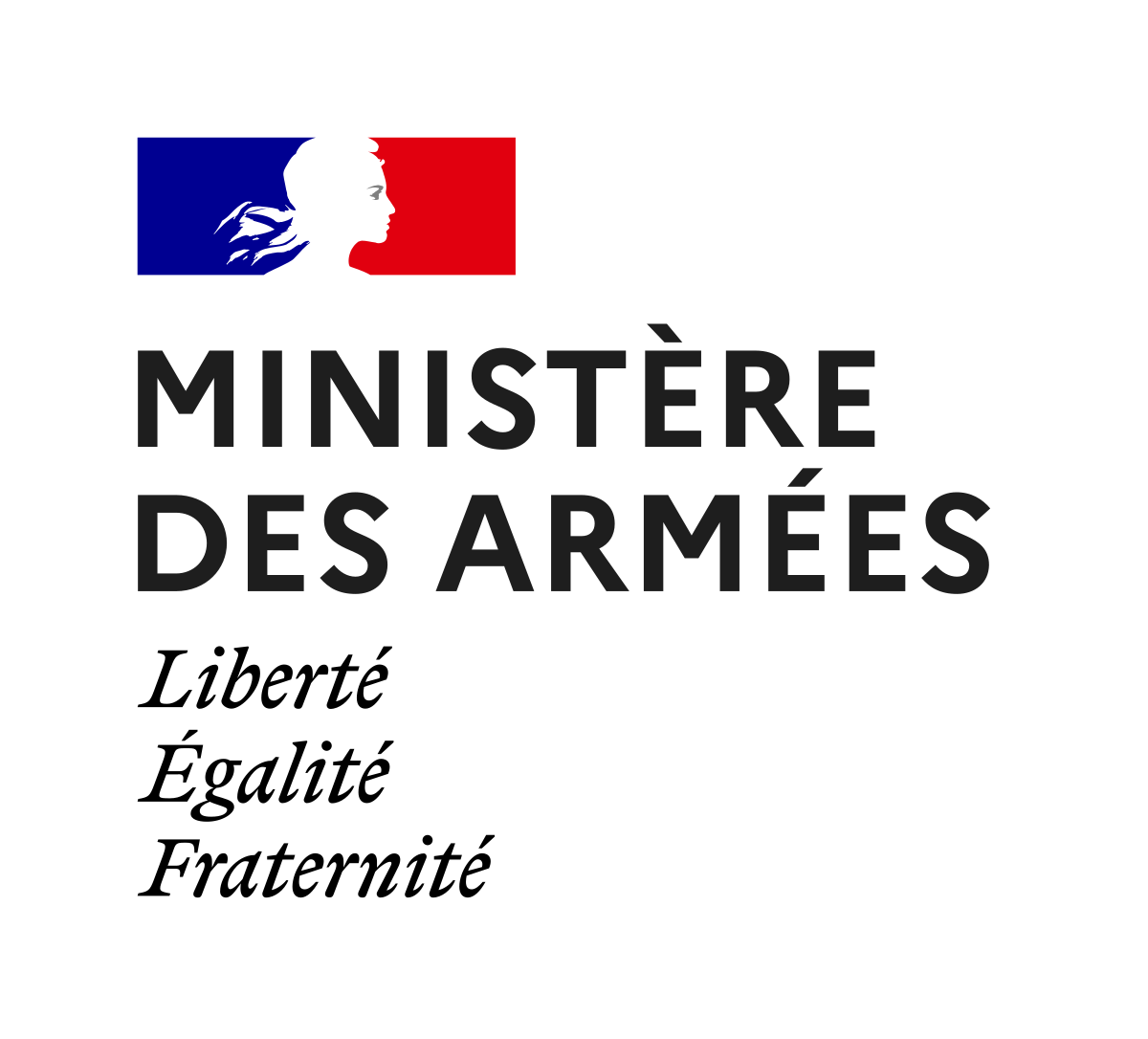
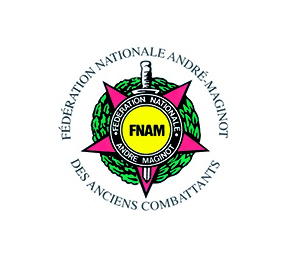
Délégation de Paris
des Amis de la Fondation
pour la Mémoire de la Déportation
31 Boulevard Saint-Germain
75005 Paris
Contact :
afmd75@gmail.com
©AFMD75
Délégation de Paris
des Amis de la Fondation
pour la Mémoire
de la Déportation
31 Boulevard Saint-Germain
75005 Paris
Contact
afmd75@gmail.com
©AFMD75

